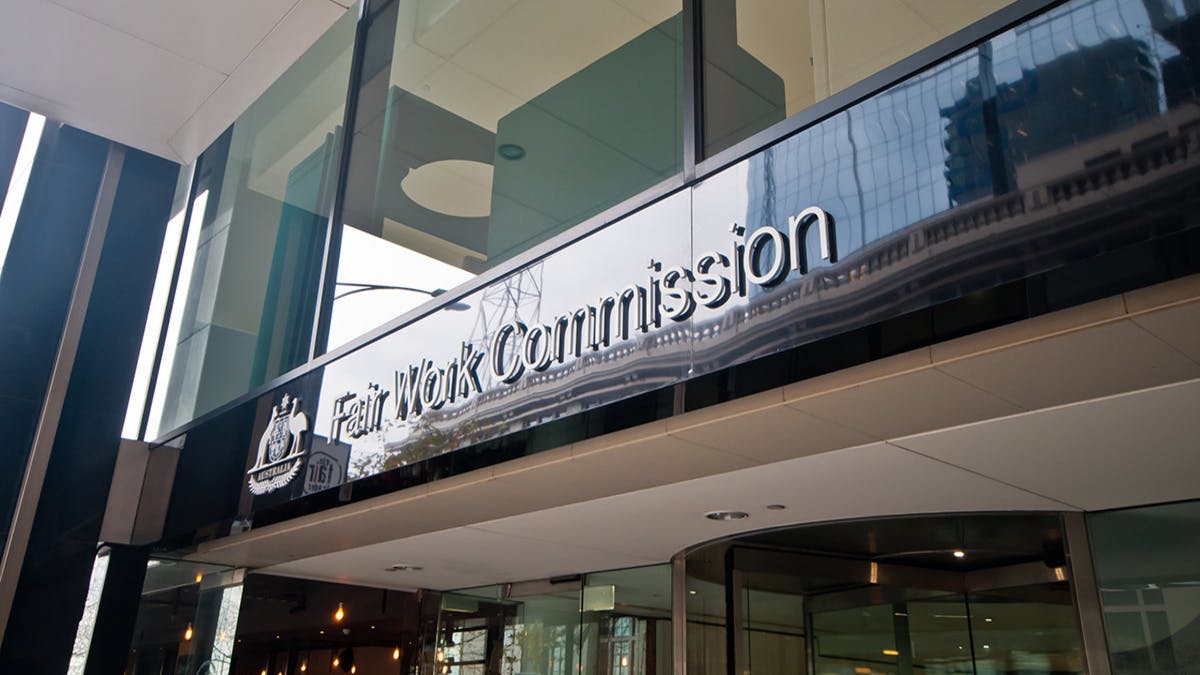Australia’s minimum and award wage rates will increase by 3.5 percent from July 1, following the Fair Work Commission’s 2025 Annual Wage Review.
While the decision delivers a modest real wage gain for low-paid workers, it places added financial pressure on SMEs already operating on thin margins.
The decision and its context
The Fair Work Commission (FWC) announced that the National Minimum Wage and all modern award minimum wages will rise by 3.5 percent. This brings the hourly minimum wage from $24.10 to $24.94 and raises the annual full-time equivalent income from $49,770 to $51,511.95. About 2.6 million Australian workers will benefit directly from this change.
The FWC emphasized that employees reliant on modern awards had experienced a significant erosion in real wages over the past four years due to a sharp rise in inflation that began in 2021. According to the FWC, “the benchmark C10 award rate of pay has declined by 4.5 percentage points relative to inflation as measured by the Consumer Price Index.”
Now that inflation has stabilized, the FWC determined it was time to “go at least some of the way towards correcting what has happened over the last four years by awarding a real increase to modern award wages.” The Commission believes that if it failed to act now, the loss of real wage value could become permanently embedded in the system.
Key sectors affected
The wage increase has an uneven impact across the economy. The Commission pointed out that modern award-reliant workers are “disproportionately female,” with more than two-thirds working part-time and over half employed casually. Only about 10.5 percent of the national wage bill is paid under modern awards, but this segment is concentrated in certain sectors. Four industries: accommodation and food services, healthcare and social assistance, retail trade, and administrative and support services, account for over two-thirds of award-dependent workers.
These sectors tend to be highly sensitive to cost increases. Businesses in these industries are less able to absorb rising expenses without raising prices, and many are constrained in passing costs on to consumers due to competitive pricing and already high inflation-driven pressure on demand.
Business concerns
Small business groups have expressed strong concerns about the affordability of this increase. Although the 3.5 percent hike is below the Australian Council of Trade Unions’ 4.5 percent proposal, it still exceeds the current inflation rate, which is around 2.4 percent. Employers argue that the cost is not limited to wages alone. Every wage rise also triggers increases in payroll tax, workers compensation premiums, and superannuation contributions.
With another legislated increase in the superannuation guarantee set for July 1, many SMEs are questioning how much more they can take on. Business owners warn that further cost increases could lead to reduced hiring, cutbacks in staff hours, or price rises that consumers may not be able to bear.
Adding to the complexity is Australia’s persistent issue with weak labour productivity. The FWC acknowledged this concern, stating that “Australia’s continuing poor performance in labour productivity growth has operated as a restraining factor on the size of the increase.” However, it concluded that modest growth in productivity in the market sector still allows some capacity for businesses to absorb the real wage increase.
Broader economic landscape
The Fair Work Commission noted that the broader economic environment supports the decision. The labour market remains strong, with low unemployment and high workforce participation. There are also expectations that interest rate reductions could stimulate consumer demand and economic growth. Business conditions, despite recent challenges, are described as “reasonably healthy,” with non-mining profits maintained in real terms.
However, some risks remain. The FWC highlighted “the uncertainty caused by changing US trade policies” and signs of weakness in the accommodation and food services sector as potential headwinds.
What business leaders should watch
For startups and SMEs, the key is forward planning. Wage increases should be factored into financial forecasting, and business leaders may need to revisit pricing strategies, productivity tools, and staffing models. The Commission signaled a continuing focus on gender-based pay equity, stating that it will review all professional classifications that require a university degree. This could result in further wage adjustments in future years.
It’s also critical for business owners to stay engaged with ongoing policy developments. The wage review process is shaped by submissions from unions, employer groups, and governments, and there is increasing momentum to link wage outcomes to broader issues such as gender equality, social inclusion, and cost-of-living relief.
The 2025 minimum wage decision reflects a balancing act. For workers, it restores some purchasing power lost in recent years. For businesses, especially those in award-heavy sectors, it adds to existing cost burdens. The Fair Work Commission believes this increase is economically sustainable, but its real-world impact will depend on how effectively businesses adapt and whether productivity improves.
For SMEs and startups, this is a moment to reassess how wage structures fit into long-term viability. It may be time to look not just at payroll costs, but at the business model as a whole.
Keep up to date with our stories on LinkedIn, Twitter, Facebook and Instagram.

